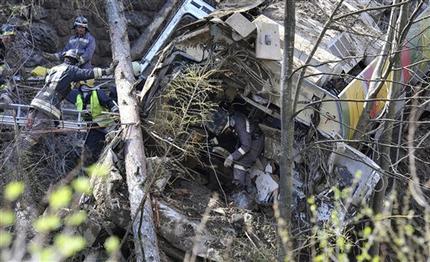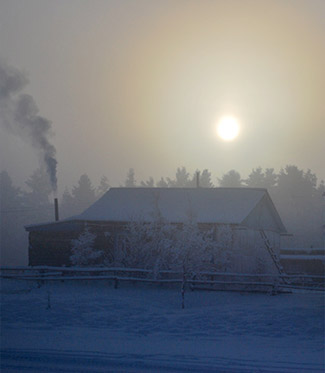OF THE
TIMES

Every technology on the market today is based on alternating current technologies in relation with semiconductor technologies and if these were seriously threatened this would mean, in the final analysis, that everything that we nowadays need to live, work and recreate ourselves, could be destroyed.University of Los Andes (ULA) senior lecturer in political sciences, Jutta Schmitt writes: It's intriguing. Just barely a week after the Asilomar Conference on Climate Intervention Technologies had taken place in Pacific Grove, California, we heard honorable knights for the defense of global climate integrity, such as the American Enterprise Institute's Resident Fellow and Co director of the AEI geo-engineering Project Lee Lane, advocate a global imposition of geo-engineering technologies on behalf of the advanced, industrialized states of the world in the firm conviction, that "geo-engineering experiments shouldn't require global agreement," because these would in any case be guided by the shining light of the government of the United States and its noble constitutional obligation to promote the welfare of the American people. This is how Lane evokes 'American national interest,' this magic, self-sufficient concept that justifies the use of any means in order to obtain, that is, impose the desired objective.[1]
-- Uwe Behnken --
